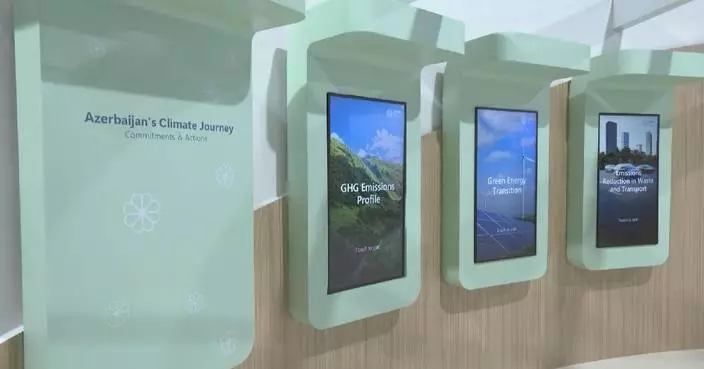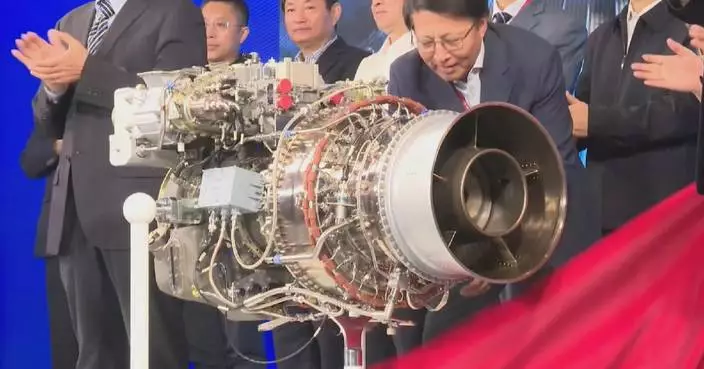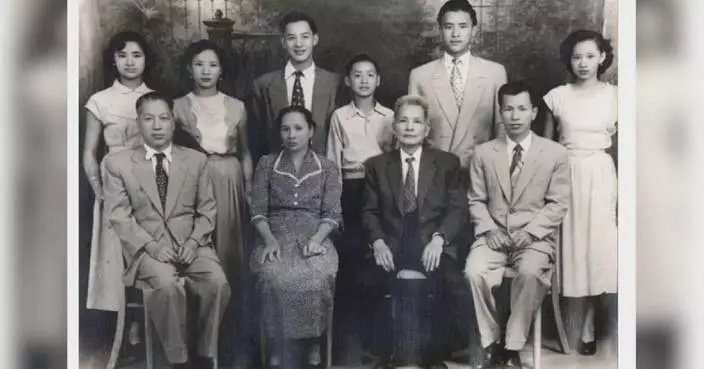The Republic of Peru stands out as one of the first Latin American countries to establish diplomatic ties and a comprehensive strategic partnership with the People's Republic of China, with the two countries witnessing ever-growing cooperation in various sectors over the past several decades.
At the invitation of Peruvian President Dina Boluarte, Chinese President Xi Jinping left Beijing on Wednesday for Peru to attend the 31st APEC Economic Leaders' Meeting in Lima and pay a state visit to the country.
Located in western South America, Peru is a traditional agricultural and mining country with a land area of 128.52 square kilometers and a wealth of mineral resources, boasting the world's largest silver reserves.
China and Peru formally established diplomatic relations on 1971 and a comprehensive strategic partnership in 2013.
Peru was also the first Latin American country to enter a free trade agreement with China, with the two sides inking the deal in 2009.
Bilateral cooperation between the two countries have continued expanding in areas such as economy and trade, culture, science and technology, education, and tourism over the past decades.
China has remained Peru's largest trade partner and export market for 10 consecutive years, with Peruvian blueberries, grapes, avocados and alpaca wool products finding an ever-growing consumer base in China.
The two countries saw their trade value exceeding 37.69 billion U.S. dollars last year.

Brief look at Peru as President Xi leaves for APEC Economic Leaders' Meeting, state visit
The 15th China International Aviation and Aerospace Exhibition, which opened Tuesday in Zhuhai City of south China's Guangdong Province, showcases several advanced liquid-propellant rocket engines that promise to shape the future of space exploration.
Among the highlights is an 80-ton reusable liquid oxygen-methane engine, which stands out for its economic viability and potential for extensive application in reusable rocket designs. The efficiency of methane positions this engine as a pivotal component for future space missions.
"This engine's most significant feature is its complete reusability, with a capability of at least 50 uses. It has successfully gone through various development tests and is now ready for flight," said Song Dekun from China Aerospace Science and Technology Corporation.
The 80-ton liquid oxygen-methane engine is tailored for the burgeoning commercial space market, offering substantial thrust while being engineered for reusability. Next to it, another engine designed for commercial space endeavors is on display - a high-altitude engine utilizing liquid oxygen and kerosene as fuel.
"It has a thrust of 72 tons and will be used in the rocket's second stage. The first stage carries the rocket to altitudes of 50 to 60 kilometers, and the second stage operates from there up to 200 kilometers and even into low Earth orbit, where it must ignite in near-vacuum conditions, requiring precise ignition capabilities," said Liu Shang from China Aerospace Science and Technology Corporation.
Liu added that this engine is delivery-ready and is projected to undertake its inaugural flight in 2025, further solidifying China's position in the global aerospace landscape.
Popularly known as the Zhuhai Airshow, the premier aviation event has attracted 1,022 companies from 47 countries and regions this year, with Russia, France, the United States, Saudi Arabia and Italy participating in the air show in groups. The airshow is scheduled to last through Sunday.

Cutting-edge liquid-propellant rocket engines at Zhuhai Airshow to benefit future space travel










